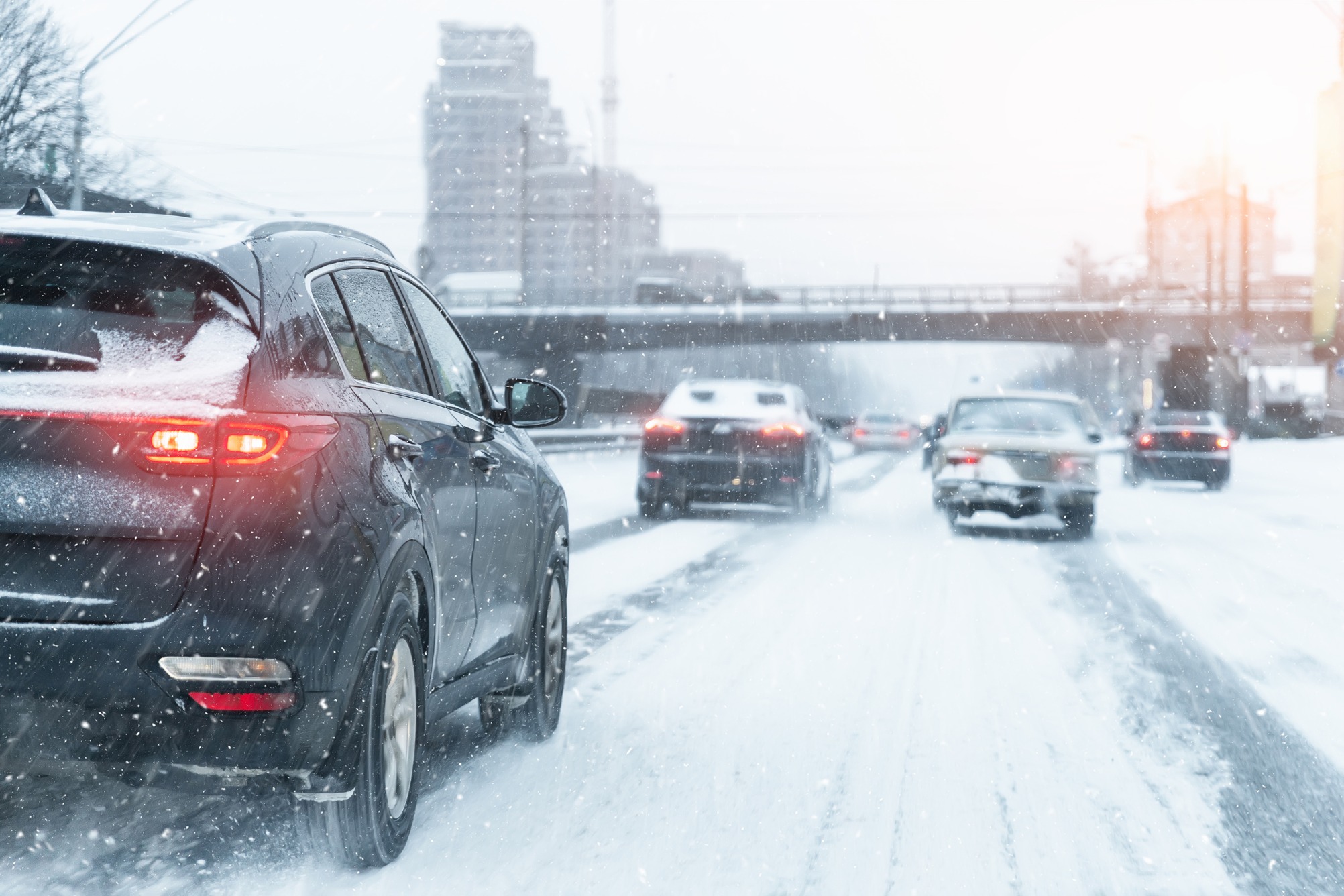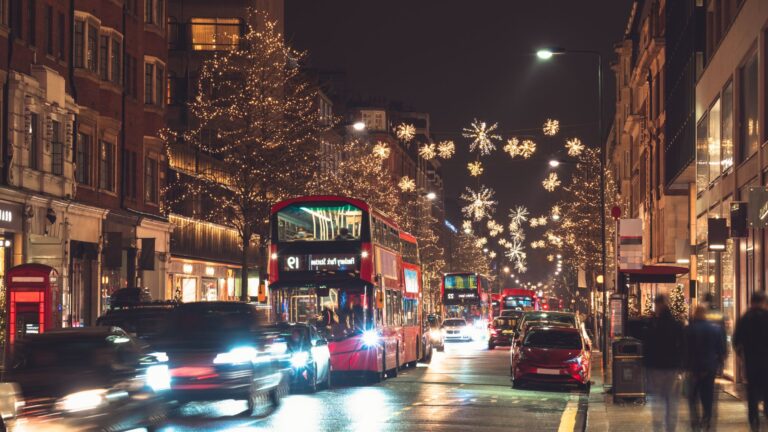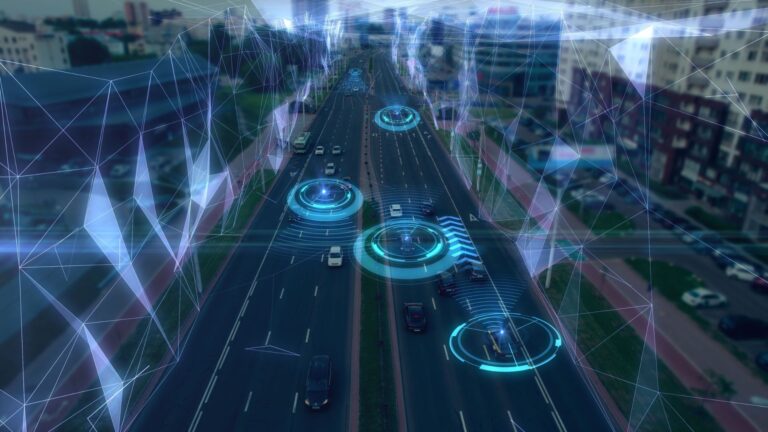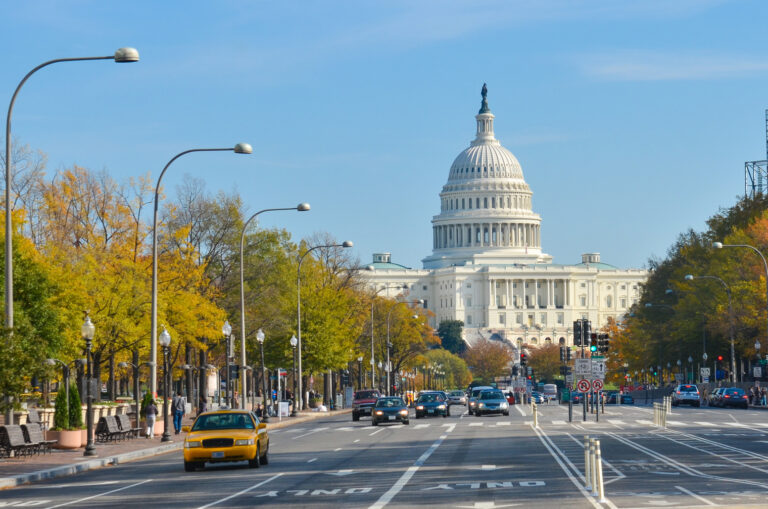Winter brings treacherous road conditions, increasing the risk of accidents due to ice, snow, and reduced visibility. As roads become more hazardous, the role of automated speed and red-light enforcement becomes even more critical in ensuring safety. Speeding and reckless driving in winter conditions significantly contribute to crashes, making strategic enforcement even more important to reducing collisions and saving lives.
The Impact of Winter Weather on Road Safety
Statistics show that winter road conditions drastically increase the likelihood of crashes. According to the Federal Highway Administration (FHWA), approximately 24% of weather-related vehicle crashes occur on snowy, slushy, or icy pavement, and 15% happen during snowfall or sleet. These conditions lead to over 1,300 deaths and 116,800 injuries annually in the United States alone.
Speeding and red-light running are particularly dangerous during winter. The AAA Foundation for Traffic Safety reports that the stopping distance on icy roads can be up to 10 times longer* than on dry pavement. Drivers who fail to adjust their speed for conditions or attempt to beat a red light can easily lose control, leading to severe crashes.
Why Automated Traffic Enforcement is Essential in Winter
1. Ensuring Compliance in Hazardous Conditions
Automated speed enforcement (ASE) and red-light cameras have been proven to deter reckless driving, ensuring that motorists adhere to safe speeds and obey traffic signals despite difficult conditions. Traditional police enforcement is often hampered in winter due to the risk posed to officers and the challenges of stopping vehicles safely in icy or snow-covered areas.
A study conducted in Montgomery County, Maryland, found that speed cameras helped reduce traffic crashes by 39%**, with a proportionally higher previous crash rate during the winter months, compared to areas without enforcement. Similarly, Chicago’s red-light enforcement program has contributed to a 26% reduction in intersection-related crashes predominantly during adverse weather conditions***.
2. Allowing Police to Focus on Critical Winter Emergencies
During winter storms, emergency responders are already stretched thin attending to road closures, stranded motorists, and severe accidents. Assigning law enforcement officers to conduct mobile speed enforcement in hazardous conditions is not only inefficient but also diverts them from higher-priority emergency response needs. Automated enforcement ensures that speed and red-light violations are still monitored without requiring officers to be present to conduct dangerous traffic stops in poor conditions.
3. Advanced Image Capturing with Scanning LiDAR Over Radar
One challenge of traditional automated enforcement technologies, such as radar-based systems, is their susceptibility to interference from heavy snowfall and fog. Scanning LiDAR (Light Detection and Ranging) technology, however, provides greater accuracy in winter conditions by offering:
- Better Penetration in Snow and Fog – Unlike radar, LiDAR’s laser-based detection system is less affected by weather conditions, providing clearer and more reliable speed enforcement.
- High-Resolution Imaging – LiDAR-enhanced cameras can produce precise images even in low-visibility environments, ensuring that license plates and vehicle details remain identifiable in snow-covered settings.
- Greater Accuracy in Measuring Speed – LiDAR measures vehicle speed with extreme precision, making it highly effective in winter enforcement scenarios where surface conditions can affect vehicle movement.
4. Preventing Secondary Crashes
Secondary crashes — those that occur as a result of an initial accident — are particularly common in winter due to icy roads and reduced reaction times. Automated enforcement helps mitigate the risk of chain-reaction collisions by ensuring that drivers remain compliant with speed limits and traffic signals, reducing the likelihood of sudden stops and skidding incidents at intersections.
For example, Portland, Oregon’s automated enforcement program recorded a 43% reduction**** in crashes along camera-monitored corridors, reinforcing the role of technology in preventing dangerous pile-ups and rear-end collisions.
Public Awareness and Compliance: A Necessary Partnership
Automated enforcement is most effective when combined with public awareness campaigns. Educating drivers on the risks of speeding and red-light running in winter conditions fosters greater compliance. Cities across North America like Portland, Oregon and Winnipeg, Alberta, have implemented winter-specific traffic safety campaigns, reminding drivers that enforcement measures remain active despite poor weather.
By combining automated enforcement with real-time public messaging — such as dynamic road signs displaying current violations and penalties — transportation authorities can reinforce the importance of safe driving behaviors during winter.
Winter driving demands heightened attention from both drivers and authorities. With increased crashes caused by ice, snow, and poor visibility, automated speed and red-light enforcement programs play a vital role in ensuring road safety. By utilizing technologies like scanning LiDAR, cities can overcome the limitations of traditional methods, providing consistent monitoring regardless of weather.
These systems also allow officers to focus on critical emergencies, while automation maintains enforcement, boosting public safety. Cities that have implemented automated enforcement show reduced crash rates, demonstrating its effectiveness in saving lives and lowering economic costs.
It is only wise that transportation decision-makers embrace automated enforcement to enhance road safety, reduce accidents, and help all drivers navigate winter conditions with greater caution and awareness.
- *https://www.theaa.com/breakdown-cover/advice/stopping-distances?msockid=3a2eec88b3466a7f31b4f862b2856b59
- ** https://pubmed.ncbi.nlm.nih.gov/27586103/
- *** https://www.chicago.gov/city/en/depts/cdot/supp_info/red-light_cameraenforcement.html
- **** https://www.oregonlegislature.gov/citizen_engagement/Reports/Portland%202021-22_Preliminary%20Legislative%20Report_Fixed%20Photo%20Radar%20System.pdf






